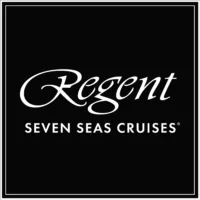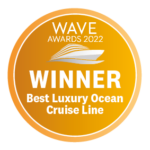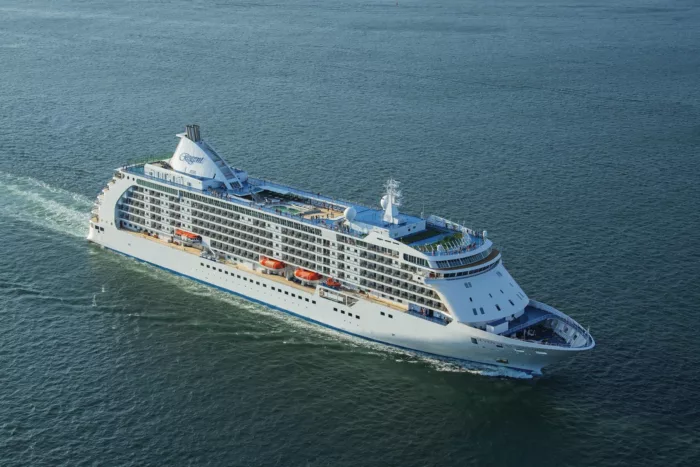
Regent Seven Seas Cruises
Regent promises to deliver The Most Inclusive Luxury Experience, offering an all-inclusive, ultra-luxury experience that is Unrivalled at Sea™.
Guests will be able to explore more than 550 destinations around the world while enjoying the unrivalled space, elegance, and comfort of The World’s Most Luxurious Fleet®. Regent will tend to every detail of their journey from start to finish, so guests can be pampered by the warm, Heartfelt Hospitality™ delivered by the crew.
744
Passengers
548
Crew
2023
Launched
55500t
Tonnage
224m
Length
31m
Width
10
Decks
USD
Currency
Cruise Itinerary
Day 1
Miami, Florida, United States
Day 2
,
Day 3
Georgetown, Grand Cayman, Cayman Islands
Day 4
Ocho Rios, Jamaica
Day 5
,
Day 6
Kralendijk, Bonaire
Day 7
Willemstad, Curaçao
Day 8
Oranjestad, Aruba
Day 9
Cartagena, Colombia
Day 10
,
Day 11
Puerto Limón, Costa Rica
Day 12
,
Day 13
Panama City, Panama
Day 14
,
Day 15
Puntarenas, Costa Rica
Day 16
Corinto, Nicaragua
Days 17 - 18
,
Day 19
Puerto Vallarta, Mexico
Day 20
Cabo San Lucas, Mexico
Day 21
,
Day 22
Ensenada, Mexico
Day 23
Los Angeles, California, United States

Day 1
Miami, Florida, United States

Day 2
,

Day 3
Georgetown, Grand Cayman, Cayman Islands

Day 4
Ocho Rios, Jamaica

Day 5
,

Day 6
Kralendijk, Bonaire

Day 7
Willemstad, Curaçao

Day 8
Oranjestad, Aruba

Day 9
Cartagena, Colombia

Day 10
,

Day 11
Puerto Limón, Costa Rica

Day 12
,

Day 13
Panama City, Panama

Day 14
,

Day 15
Puntarenas, Costa Rica

Day 16
Corinto, Nicaragua

Days 17 - 18
,

Day 19
Puerto Vallarta, Mexico

Day 20
Cabo San Lucas, Mexico

Day 21
,

Day 22
Ensenada, Mexico

Day 23
Los Angeles, California, United States
Ship Details


Regent Seven Seas Cruises
Seven Seas Grandeur
Inspired by the past and stunningly reimagined for the future, Seven Seas Grandeur™ will exemplify our heritage of perfection with unrivalled space, unparalleled service, exceptional cuisine and transformative experiences that will begin the moment you step aboard.
Cabins
All Prices















